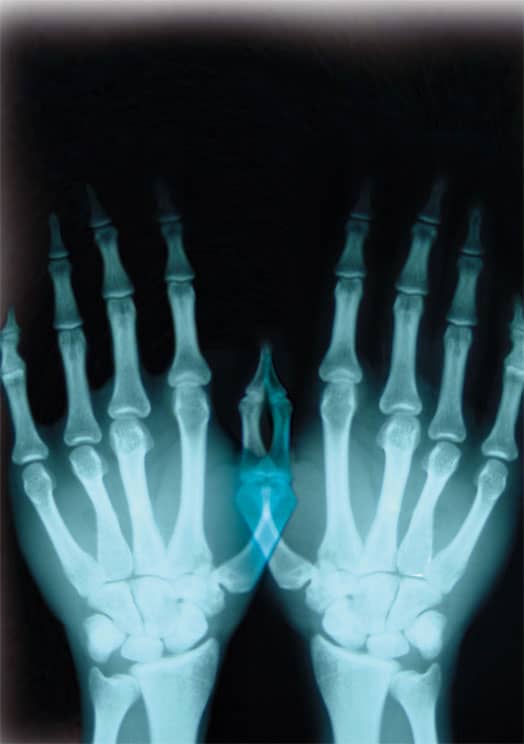Laura Horelli & Anu Pennanen
Florian Hüttner
Opening: friday 3. july 2009 7pm
Exhibition: july 4 – september 4 2009
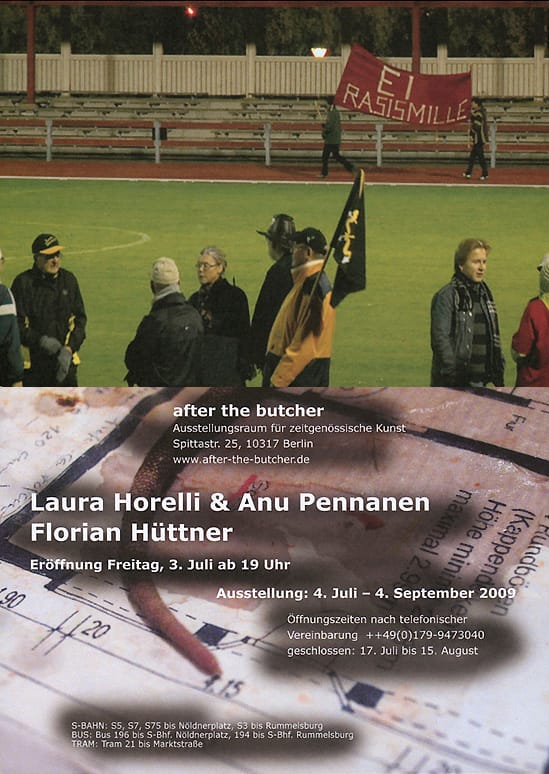
Opening: friday 3. july 2009 7pm
Exhibition: july 4 – september 4 2009

Opening: Friday, April 30th 2009 from 19 h
Exhibition: May, 1th – May, 30th, 2009
open by appointment +49 (0)179 947 30 40
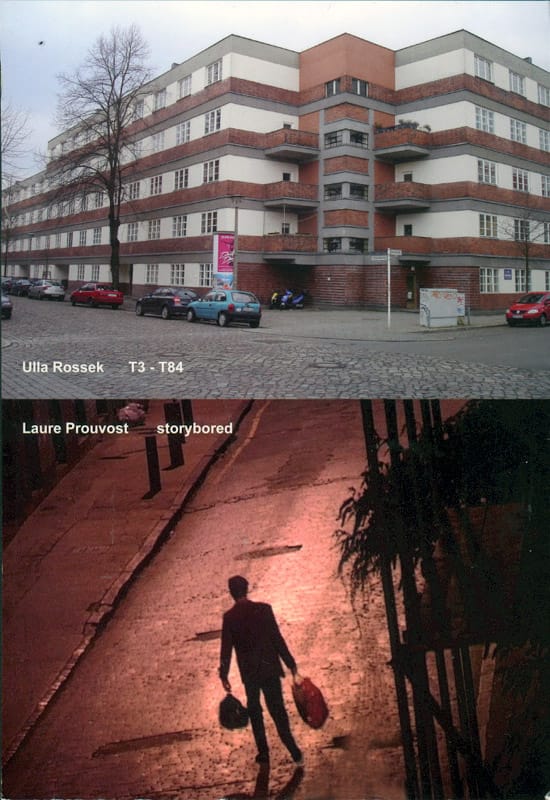
Friday, March, 6th, 2009 from 19 h
at 10 pm live:
fendercuts sud
(Sergej Jensen, Stefan Müller, Mischa Schulze)
Exhibition: March, 7th – April, 4th, 2009
open by appointment +49 (0)179 947 30 40
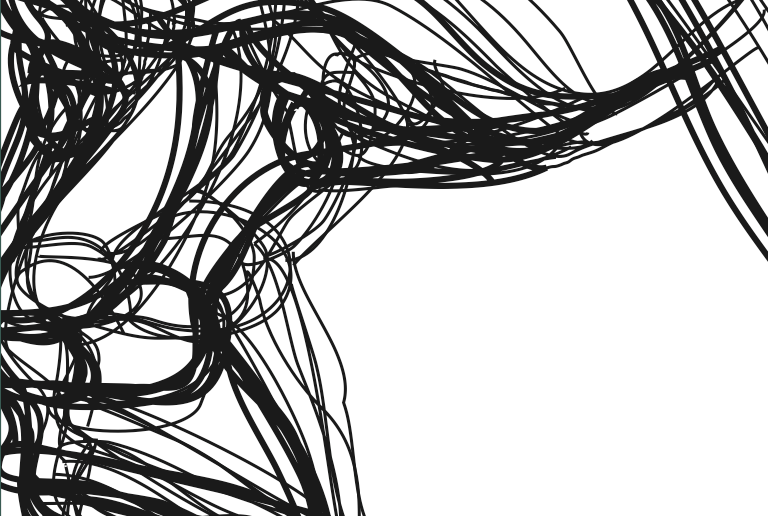
tracer macht die Struktur einer Zusamenarbeit von 4 Leuten nach außen deutlich – die nach innen schon jahrelang funktioniert. – TB
tracer spürt einen Gedanken-Prozess auf, intern, und von Mensch zu Mensch – es ist sowohl linear als auch chaotisch. – DK
tracer legt Entwicklungsvorgänge dar die sich beeinflussen, zeigt was wächst, verzweigt, was verworfen oder nicht weiterverfolgt wird. – MF
tracer die Spanische Treppe hoch und dann rechts auf den Markusplatz einbiegen… – HP
tracer stelle ich mir als eine Art Navigationshilfe vor: in einer Gesellschaft der Vereinzelung als Suche nach den Potentialen kollektiver Prozesse. – TK (after the butcher)

Friday, January, 16th, 2009 from 19 h
Exhibition: January, 16th – February, 14th, 2009
open by appointment +49 (0)179 947 30 40
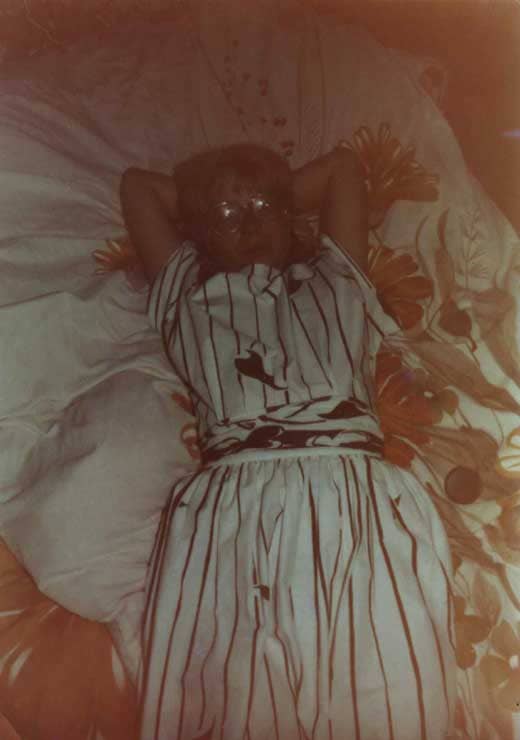
at November, 14th 2008 from 19 h
Exhibition: November 15th. 2008 – January, 10th, 2009
open by appointment +49 179 803 15 73

Idea by Britta Lumer und Wolfgang Betke
September 26, 2008 – from 6pm
Exhibition: September, 29th – November, 8th 2008
FREE SHUTTLE BUS TO VERBESSERUNG OPENING NIGHT
departing at 6pm from Galerie Sandra Buerguel, Hedemannstraße 25, Kreuzberg
then at 8pm from Volksbühne am Rosa-Luxemburg-Platz, Mitte
PUNKTLICH! 22:00 uhr lebende musik mit NATRON
see Verbesserung infomercial video at KIM’s window
Brunnenstraße 10, 10119 Berlin
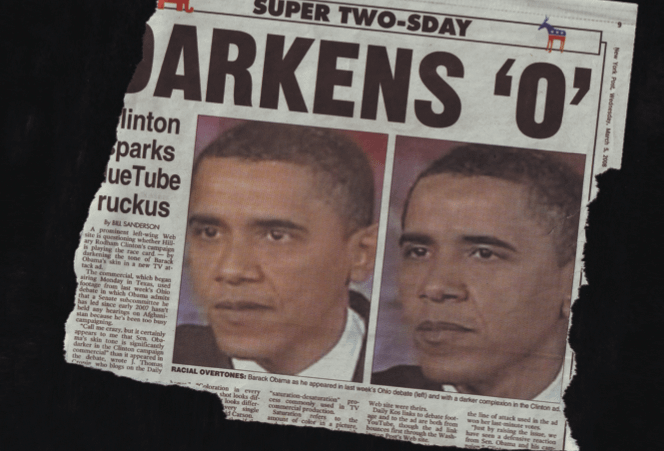
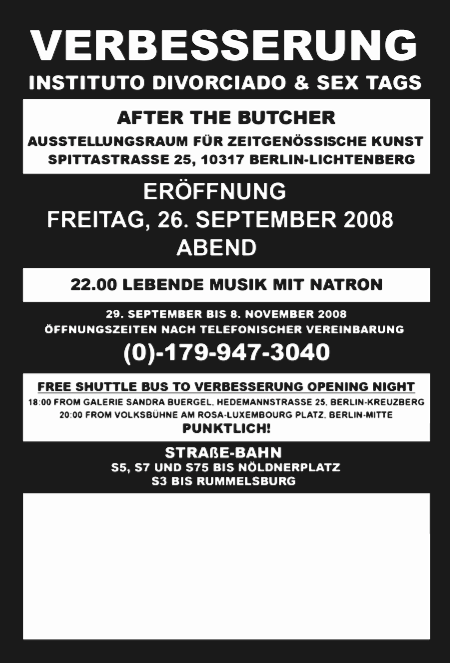
IMPROVEMENT
BY CORDULA DAUS
Often a small improvement precedes a great vision. Only for four days tiredly flew the flag of the United States of Brasil at the mast in November 1889, a green and yellow imitation of the northern Stars and Stripes, until Raimundo Teixeira Mendes designed a better one, after sketches by Auguste Comte. Since then a banderole with the positivistic credo “order and progress” is floating across the blue globe before the southern starry sky. A slogan that today could be easily improved. The rainbow flag however is an often varied symbol for diversity: Already the Incas have used it, their colours also symbolize the Jewish autonomous territory or stand for tolerance and sexual freedom. VERBESSERUNG shows even an entire rainbow machine – the trace of an action which paint has etched into the wall.
Instituto Divorciado and Sex Tags have created a veritable Wunderkammer for their show at After the Butcher in which the big and small scenarios of improvement meet and collide: political utopias and their catastrophes, time tunnel, egg-sorcisms, do-gooders and DIYers, bondage and de-bondage artists, deloused gals, obscene kangaroos and a self-reading books.
There is something hopeless to the idea of improving… There lurks the pettiness of correction, the wrecked optimism of the before-after. Where you have to improve something is not alright.
“The world becomes old and young again, but man hopes are always bettering” in 1797 Friedrich Schiller wrote. In 2007, Cheeta the chimpanzee becomes 75 years old and beats all records as oldest great ape, meanwhile in the industrialized countries people have an average lifespan of 80 years thanks to improved medical health care. Indeed the semantic field of the bettering ranges from zoological quality management, via personal well-wishing, to social, political and even global issues. But how about improvements within the arts?
Improvement in relation to art is irritating because it implies a measurability that, within the irrational area of aesthetics, art markets and their verdicts of taste, it seems to be out of place. Who improves what, wherefore and in what sense? At the latest since Hegel’s famous thesis of the end of art we could argue that art is free from its sacred mission and its belief in an upper — only artisticly presentable — truth and can address itself to the “lively presence”.
If art does not function anymore as a general ethical authority instance – which could then be compared with the normative notion of improvement? If at all, how could art improve without getting trapped in the rhetoric of the conditioners? And how would im- proved art look like?
In April 2009 the exhibition “Wir verbessern ihr Arbeit” (“we improve your artwork”) will follow at Galerie Sandra Buergel. Then Instituto Divorciado will intervene in the works of the invited artists. Sort of an encroaching curatorial approach — not only author — ship but the criteria for “good” art is at stake. “Give us your art and we’ll improve it”. A pragmatical service that spurns all metaphysics and promises to free the participating artists from their own work and ego. So forth with your art!
Opening Saturday 5th July, 18 h
Performances at 18:30 h and at 22:30 h
Exhibition: 7th July – 23rd August
For opening hours please call ++49(0)179-9473040
closed: 16.-31. July
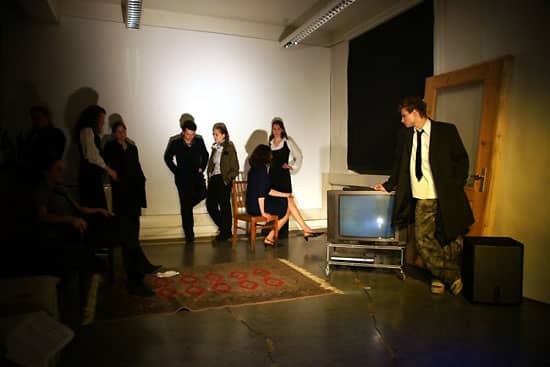
K: What was that supposed to mean?
For one, there were scenes like the ones we were in, those with the prostitutes or with the landlords, which could be interpreted as an everyday fashist behavior, as a critique of capitalism in general or of the art market in particular
2: On the other hand, there was the scene with the dancer, the thriving force, excess… rationally not understandable.
A: And then there was this text by Otto Gross – a scene that might point to possibilities of how to break through the vicious circle, how we could proceed.
O: Maybe the authors, that means K2ao, want to point to the fact, that we have to get rid of the tight armor that protects and confines us.
K: But who is K2ao actually?
2: Are they not equally exposed to the ruling order as we are?
A: In order to break away from our roles we have to confront ourselves with the reality out there. For example, I could be living over there and take you home with me.
O: Oh yes, that would be great – lets have a look whats been written about this in the script.
K: Yes, and there we can also look up what we should be saying about K2ao…
Dear Friends and Comrades, Families,
we would be happy to see you on Saturday, July 5, at after the butcher in order to entertain you with art.
‘Bohemia‘ is being typed into computers these days quite frequently, especially in Berlin, in order to justify a certain type of work that connects with a certain type of lifestyle quite nicely. In Munich we also had a bohemian scene at the turn of the millennium, the one before the last one, and because we think that this one was a bit more interesting, and because we come from there, we are investigating that phenomenon already quite a while. This inquiry seems to connect with other things in our heads and we call it work what comes out of it.
Its not only the Cosmic Circle, Fassbinder, Mary Wigman and ‘das Kapital‘ that reaches out for you and us in order to join hands – its also painting and what can be done with it here and now. One year after Giti Nourbakhsch we are back to Berlin, this time like always, with good work… the mise en scene is humming like a motor… Lichtenberg is glowing! To hell with you all!
cu
K2ao
Saturday, April 5th, 2008, from 7pm
from 5pm opening of th installation Spittasteige von Michael Beutler outside of after the butcher
Exhibition: April 5th – April 26th, 2008
open by appointment +49 (0)179 947 30 40
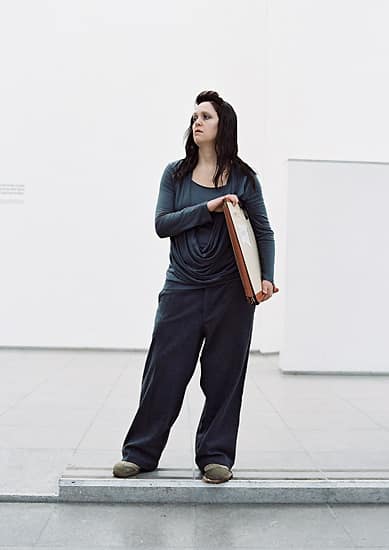
Opening: Saturday, February 23rd, 2008, from 7pm
Concert: 9pm
Exhibition: February 24th – March 15th, 2008
open by appointment +49 (0)179 947 30 40
